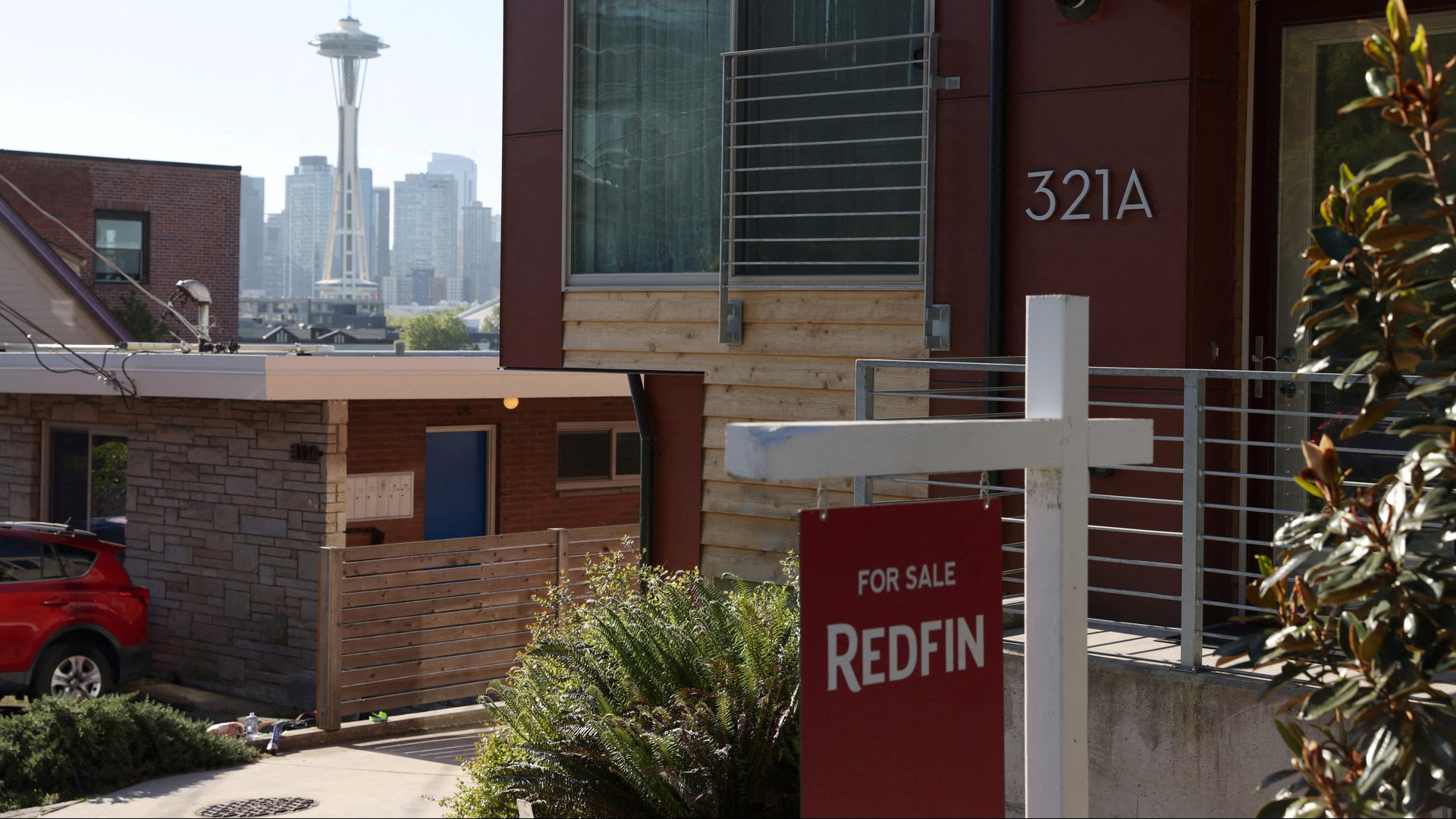US mortgage rates are already hitting 6%
One measure of US mortgage rates shot past 6% this week, the highest level since the Great Financial Crisis.


One measure of US mortgage rates shot past 6% this week, the highest level since the Great Financial Crisis.
The housing industry is one of the most interest-rate sensitive parts of the US economy, and mortgage rates responded quickly to the Federal Reserve’s new regime of monetary tightening. The higher rates are already pricing out first-time homebuyers—and cooling down a hot housing market.
“Housing has become unaffordable at an unprecedented rate,” said Ali Wolf, chief economist at Zonda. “We’re seeing the earliest signs of home prices reacting.”
As mortgages move from 5% to 6%, 5.8 million fewer households will qualify for a $400,000 mortgage, said Eric Finnigan, director of building products at John Burns Real Estate Consulting, a research firm. (From 3% to 6%, 18.1 million fewer households qualify.)
Meanwhile, for sellers, the drop in demand means their homes will fetch lower prices. “Sellers are increasingly coming to the realization that they’re not going to get that moonshot price that they listed the property at a month or two ago,” said Greg McBride, Bankrate’s chief financial analyst. “When inflation peaks, mortgage rates probably will as well.”
US mortgage payments are on the rise
At a 6% rate, the interest on a 30-year $200,000 mortgage totals around $240,000. The homebuyer’s monthly payment would be $1,222, with the final cost of the mortgage amounting to $440,000.
The increase in mortgages payments has been uneven across the US. Some cities have seen payments jump by 40% since the beginning of the year, while others have experienced increases of nearly 70%. Here’s how mortgage payments around the country: